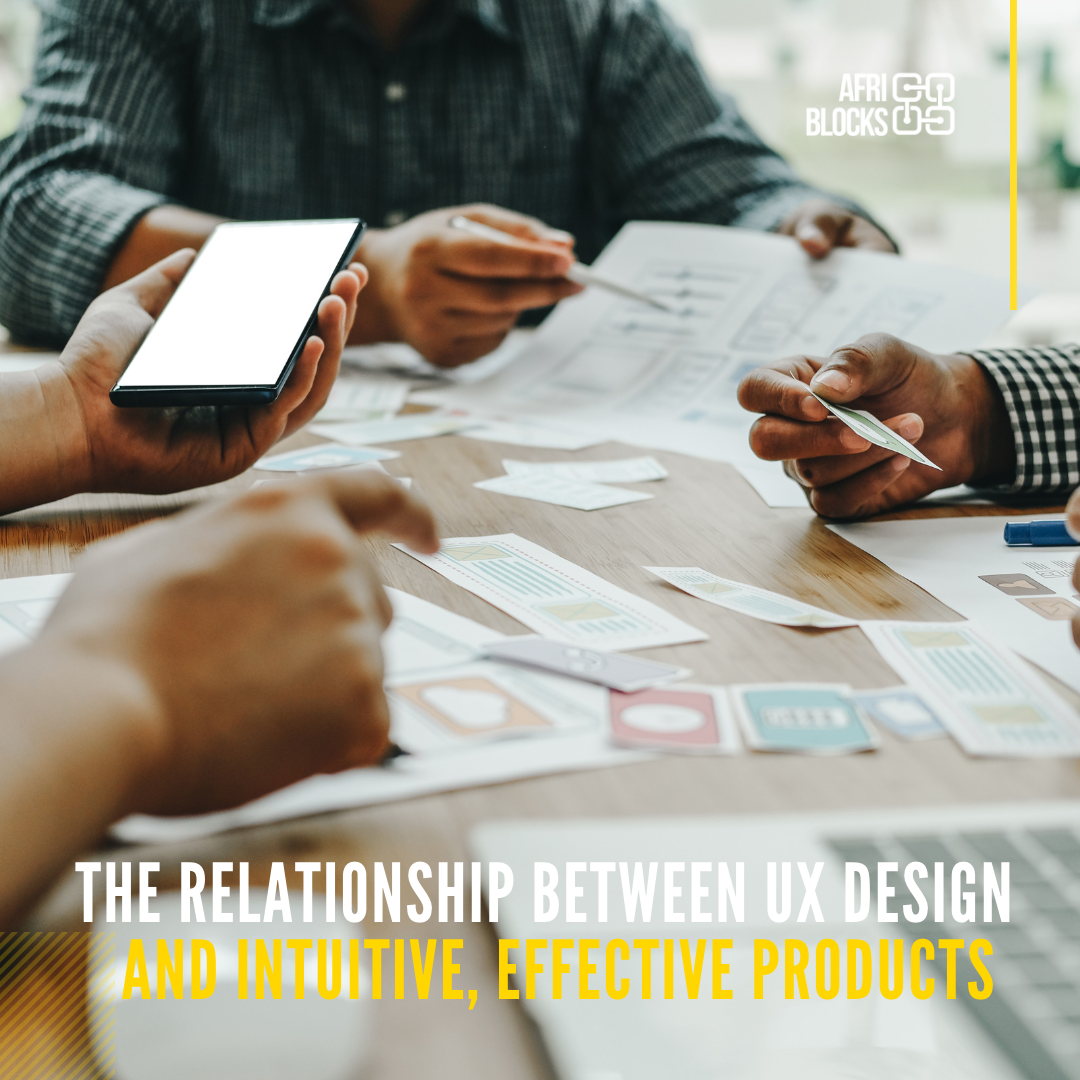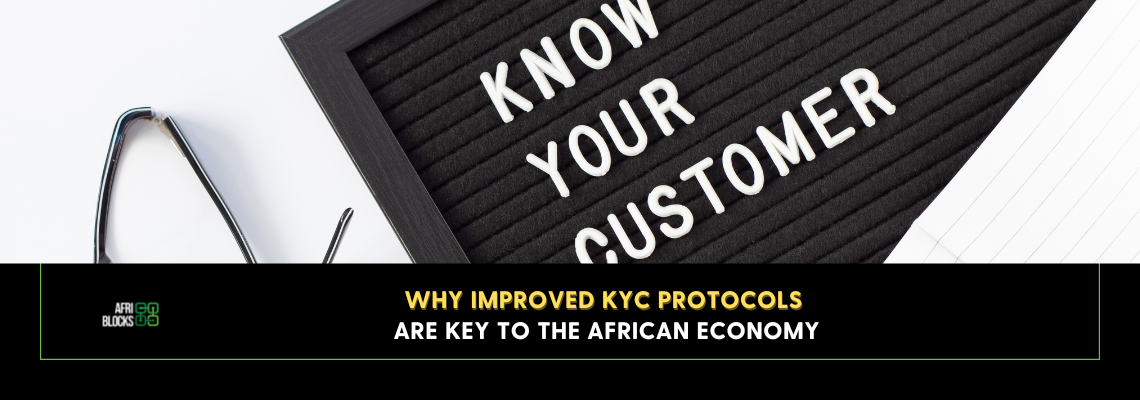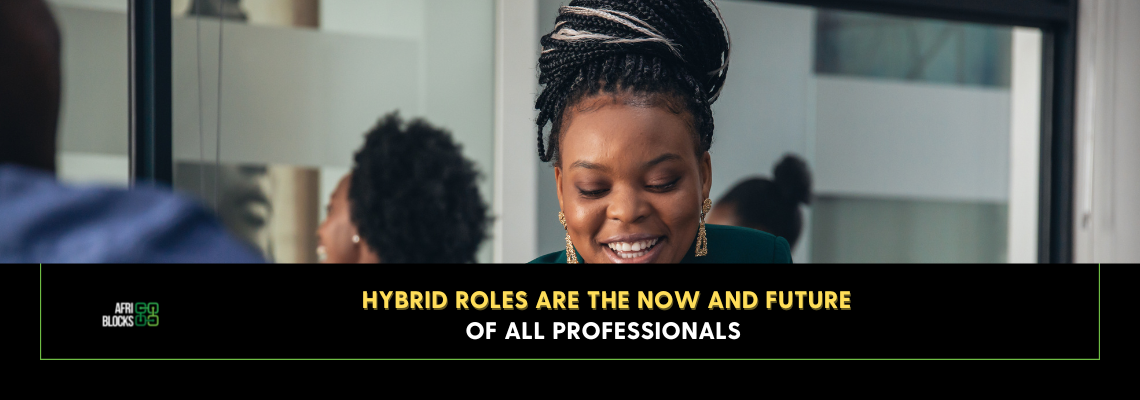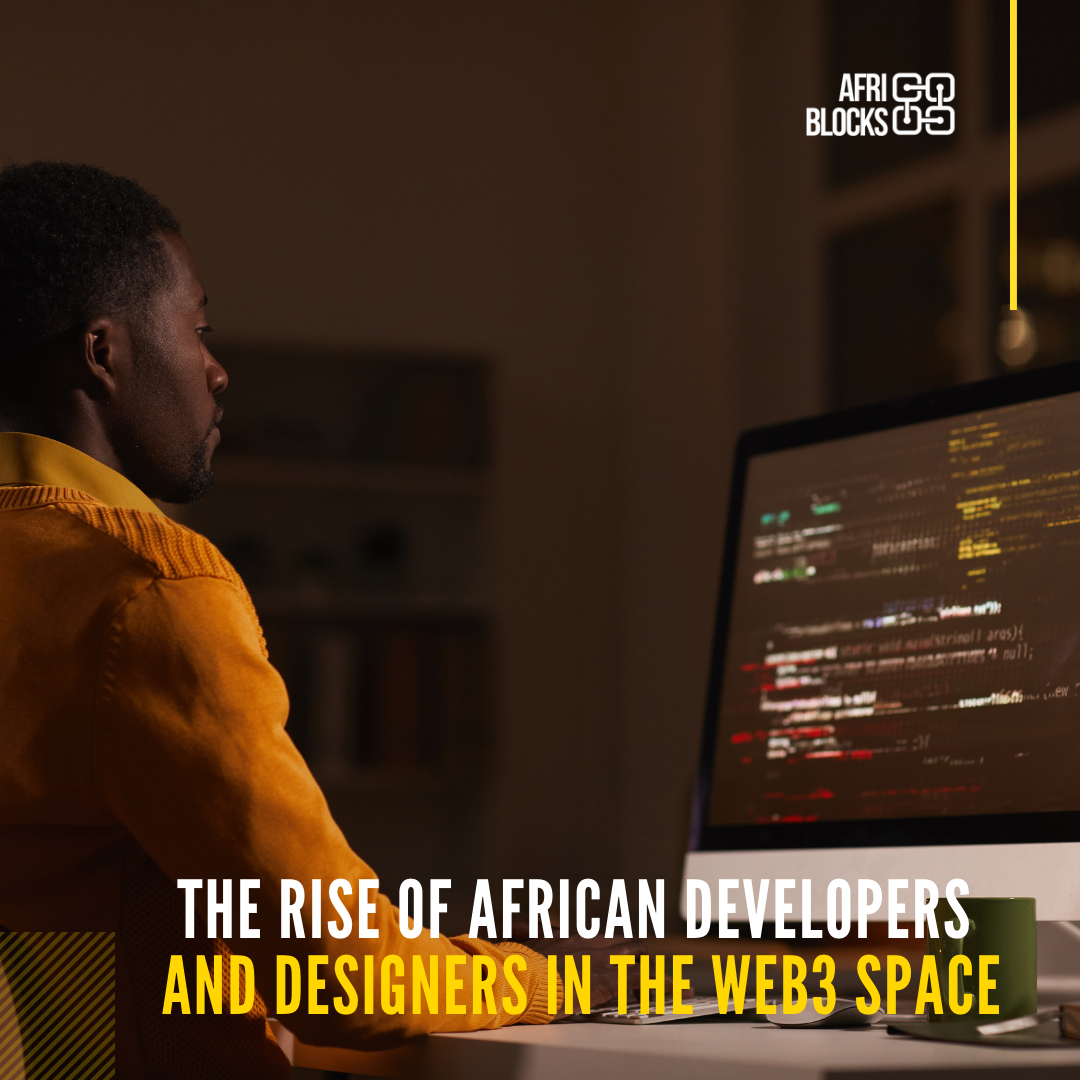
AfriBlocks Network
Sustainable design is an important tool that many startups are leveraging. Regardless of the context, people all over the world are growing more and more concerned about the sustainability of the products and services we use. In Africa, startups are embracing the trend of sustainable design. Some are focusing on creating energy-efficient products and services, while others are exploring the use of recycled materials. Moreover, many African startups are committing to creating products with a longer lifespan and developing innovative eco-friendly packaging solutions. All of these initiatives are focused on helping create a more sustainable and environmentally responsible society.
The Nexus Between Design and Sustainability
Design refers to the process of creating visual and functional solutions to meet the needs of a user. Designers create the look, feel, and functionality of products and services through careful planning, research, analysis, and execution. By utilizing design principles and concepts, designers can help ensure the success of a product or service.
Sustainability is the ability of a system to maintain itself or remain unchanged over time despite external pressures or influences. It is often used to refer to environmental sustainability, which is the practice of managing natural resources in a way that preserves their long-term availability. Sustainability also refers to social and economic practices that seek to improve the quality of life while preserving resources for future generations. It focuses on creating products and services that are energy efficient, reduce waste, and use natural resources responsibly.
Design, utility, and sustainability are three concepts that go hand in hand. Design involves creating products or services with a focus on aesthetics and usability. Utility implies that products are useful, efficient, and beneficial to society. Sustainability ensures products are created with the environment in mind, utilizing eco-friendly materials and processes wherever possible. When used together, these three concepts can create products that are not only visually appealing and useful but also ones that can benefit the environment and the greater human population.
There are a few different ways to implement sustainable design. Some of the popular methods include:
1. Implementing energy-efficient production processes
2. Leveraging renewable energy sources
3. Recycling materials
4. Designing products and services with a longer lifespan
5. Developing innovative eco-friendly packaging
6. Increasing the use of recycled, sustainable, and organic materials
The intersection between design and sustainability is a growing focus of many startups and businesses. It is rooted in the idea of creating products and services that are both aesthetically attractive and ecologically friendly. This involves exploring the use of renewable resources and recycled materials, as well as developing energy-efficient processes. Additionally, businesses should focus on creating products with a longer lifespan that minimizes waste and energy consumption. Finally, sustainable design should include eco-friendly packaging and marketing strategies to help spread awareness about the company’s commitment to sustainability.
Design can be the difference between two similar products, as it is an important factor in the success of products in the market. Design can affect how users perceive a product, how it is manufactured, and how it can be improved over time. Furthermore, design can address the unique needs of individual customers – something that is often overlooked in the development process. Thus, it is important to keep the design in mind when creating new products that will not only be successful but also have a lasting impact.
A good design has the power to have a lasting impact on the future of a product. A well-designed product has the potential to be more successful in the marketplace and more appealing to users. It can also help to improve the user experience, increase user satisfaction, and potentially result in higher sales and profits. Additionally, a good design can create a stronger brand identity, as it communicates the product’s purpose and values to the consumer. Ultimately, a well-thought-out design can help a product stand out from the competition and reach its full potential.
Designing for today and the future means creating products that take into account the needs of both current and future users. It requires being mindful of potential technological advancements, shifting user preferences, and the longer-term needs of the world as a whole. To successfully create products that bridge the gap between today and the future, designers must stay ahead of the curve, always looking ahead to anticipate the needs of tomorrow and create solutions accordingly.










